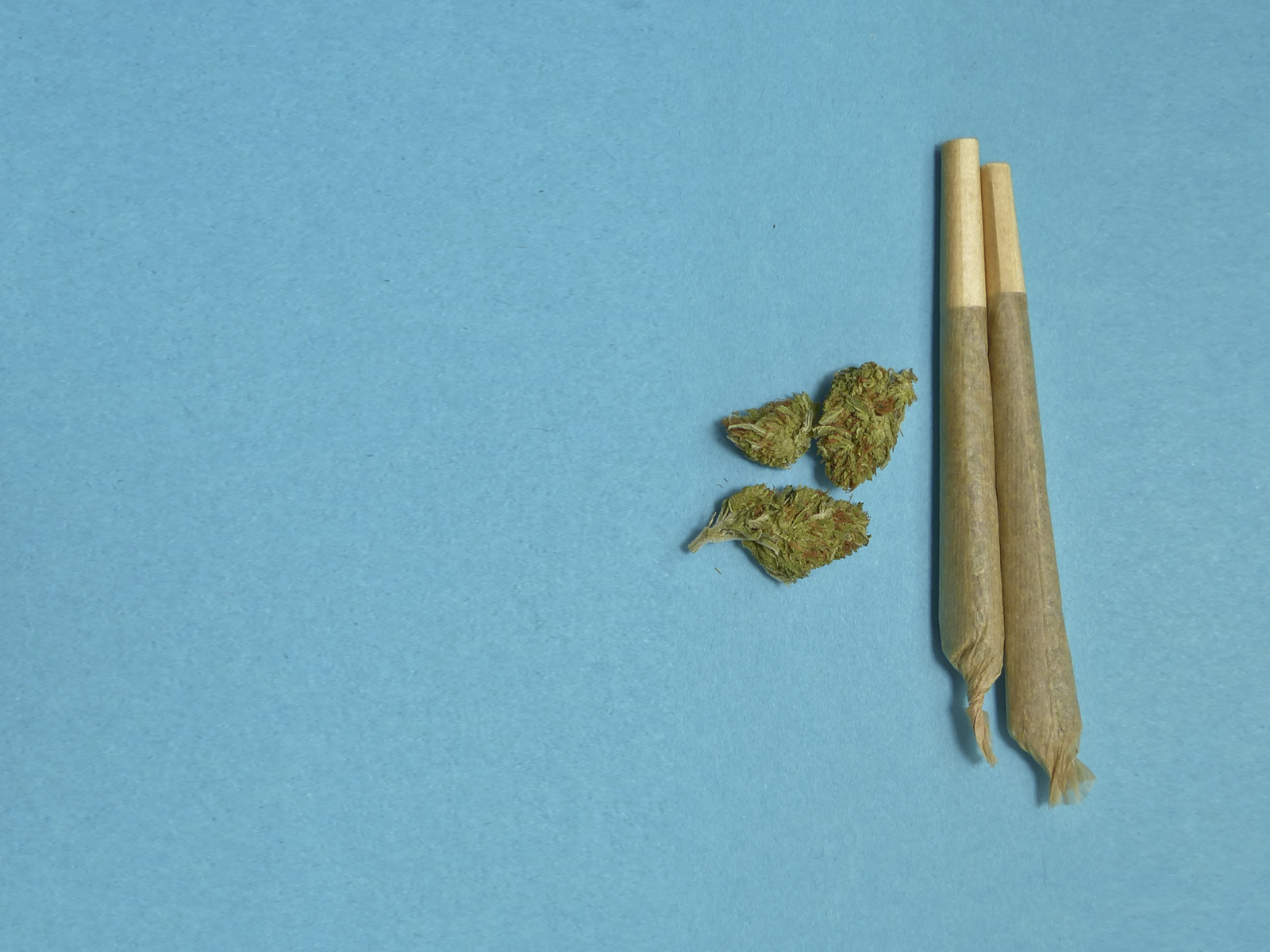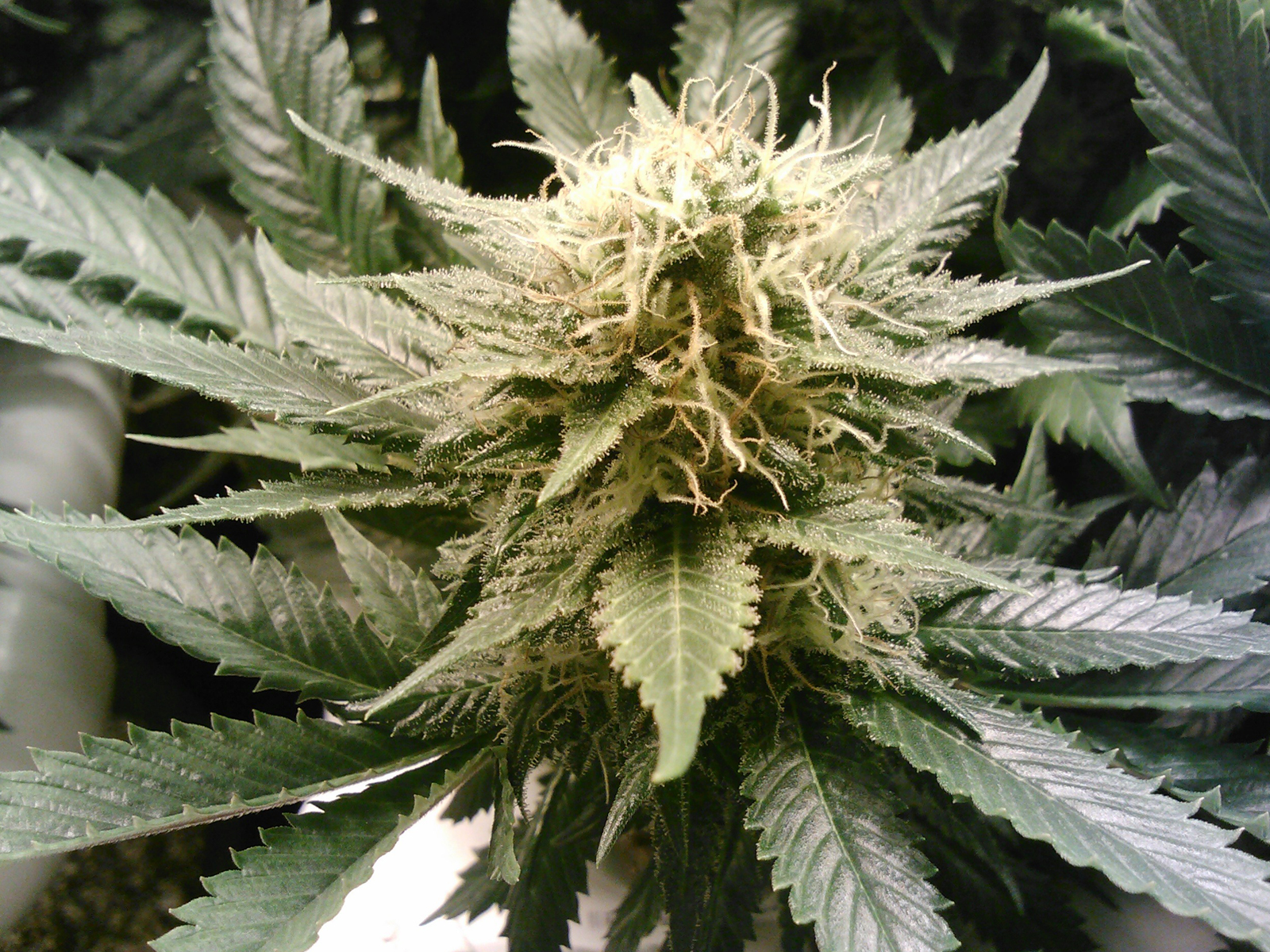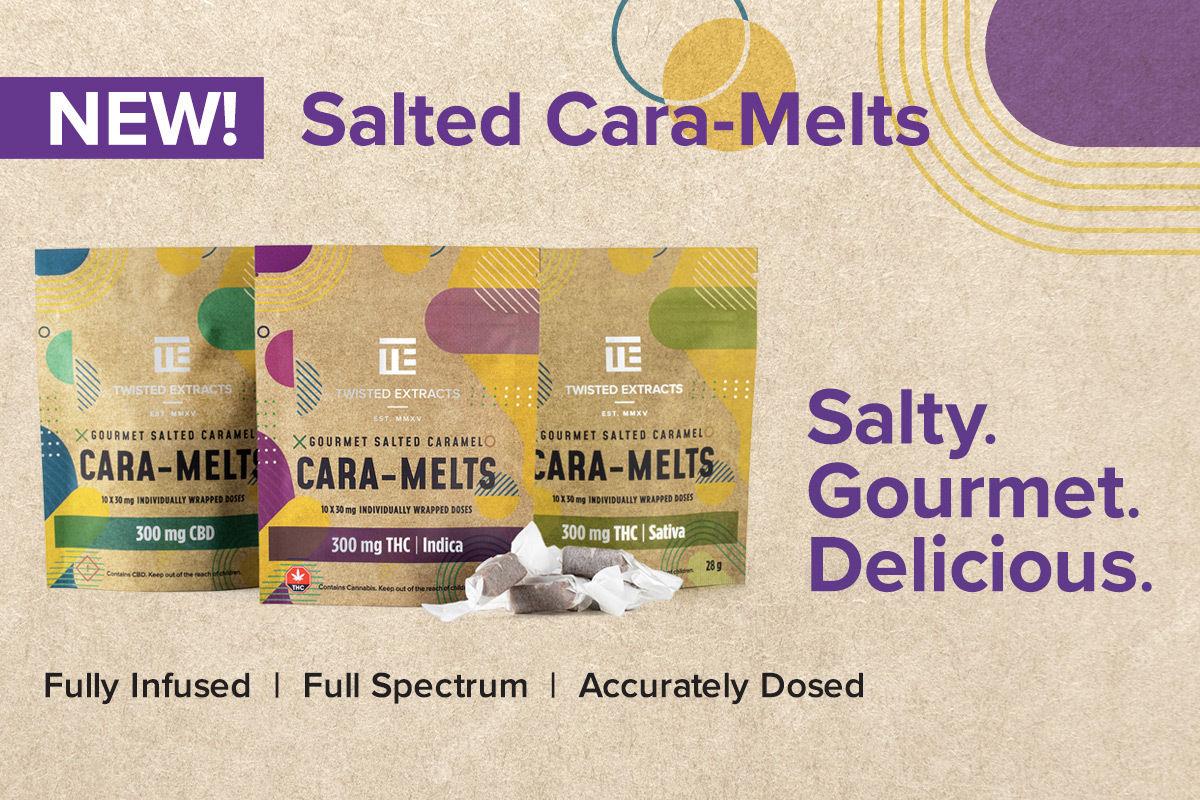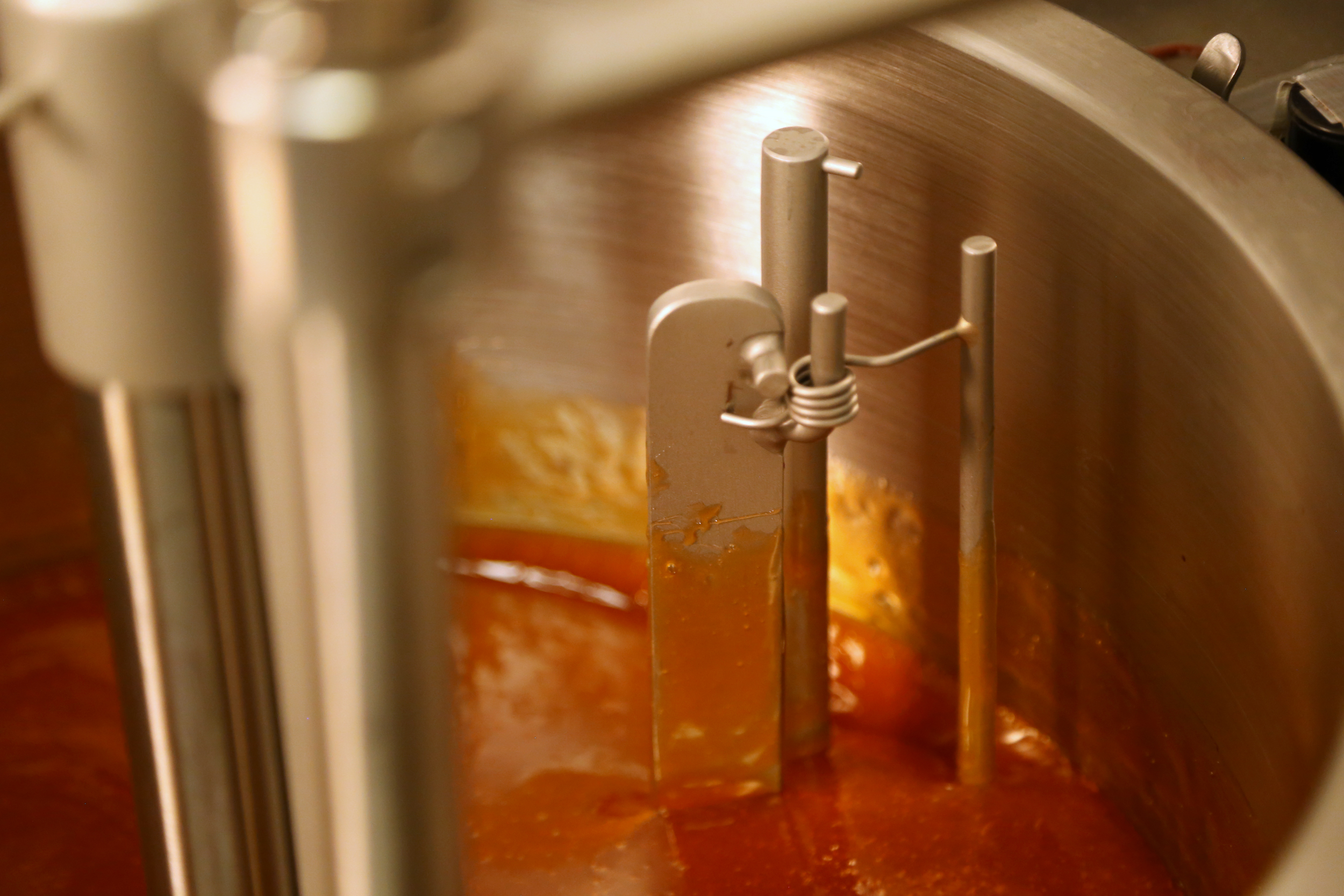Re-leaf. Finally.
For 5,000 years we’ve used cannabis for pain.

Pop two and call me in the morning. We’re rediscovering cannabis’s impressive pain relieving performance.
Bad pot docs prompted Sherry Yafai’s career change. She was an emergency medical doctor in Santa Monica until a couple of doctors did a poor job of prescribed medical cannabis to her family.
“I was a little surprised to hear their clinicians didn’t give them any medical advice about dosage or use or even look for conflicts with other prescriptions,” she remembers. “And going to the dispensary is a total crap shoot. Behind the counter could be a 20 year old who is high as a kite or someone that knows a lot.”
When California legalized recreational cannabis in 2016 Yafai decided to fill the void by opening a specialized clinic, the Releaf Institute, to advise patients on using medical cannabis. More than a year after opening her doors, the majority of her patients are looking for relief from pain and over and over again she’s seeing cannabis deliver.
“There are pain receptors throughout the human body that work with cannabis better than narcotics.” –Sherry Yafai
“There are pain receptors throughout the human body that work with cannabis better than narcotics and with a lot fewer side effects or dependancy issues,” she says. “The more we look, the more receptors we find. It’s pretty remarkable.”

The history of prescribing cannabis for pain extends 5,000 years in eastern medicine and at least to 1892 in Canada. That’s when internist Sir William Osler wrote in The Principles and Practice of Medicine that “cannabis indica is probably the most satisfactory remedy for migraines.” In the 90 years since criminalization the medical establishment lost most that knowledge. Now, with the recent decriminalization trends, doctors and patients are rediscovering what we knew and uncovering new evidence that cannabis is an even more powerful pain killer than previously thought.
Increasingly researchers and doctors are learning that several compounds in cannabis, including the active ingredients THC and CBD, interact with the human body’s pain sensation and response system.
To explain it simply, throughout the body are pain receptors. When they’re “opened” by an injury, inflammation or other trigger the area blasts a signal that the brain processes as pain. Popping an Asprin, Advil or morphine closes the receptor, shutting down the feeling of pain. The active ingredients in cannabis do the same thing.

Cannabis works with several different kinds of pain – inflammation, headaches, muscle spasms, cramps and injury – and all over the body, including the brain, muscles, soft tissue, skin and peripheral nervous system, Yafai says.
A survey of medical cannabis users with chronic pain in Arizona found 77 percent of fibromyalgia patients, 63 percent of patients with arthritis, and 51 percent of neuropathic patients (nerve damage in their limbs) reported experiencing “a lot” or “almost complete overall relief” of their painful condition. Another study followed 121 migraine suffers. Using medical cannabis cut migraine frequency in half. Source: https://www.practicalpainmanagement.com/treatments/pharmacological/non-opioids/use-medical-marijuana-pain-canada?page=0,1
But the research remains thin on prescribing specific strains. Instead, Yafai says anyone thinking of using medical cannabis for pain should consult a doctor first, especially if they have other prescriptions. She says any treatment regime should begin cautiously and build, always with the goal of using cannabis as one part of a short term solution, not a one stop, long term treatment regime.
“We need to ask why pain is a problem and then deal with it holistically with all the modalities available.” — Sherry Yafai
“We need to ask why pain is a problem and then deal with it holistically with all the modalities available,” she says. Strength training, acupuncture, physical therapy and meditation can all help with pain management.
That said, anecdotal and observed evidence suggests some guidelines. For a muscle strain, low back pain and migraines, a CBD topical ointment is a good place to start.
“They are a nice, easy way to start ‘experimenting’ with cannabis products for pain,” Yafai says, particularly for non-cannabis users.
From there, what type, how much and how to take the cannabis depends on many variables ranging from time of day to type of pain. Sativa, indica and hybrids can all work. Generally, strains with CBD and THC are best. They seem to work together to unlock more receptors, a process called the ‘entourage effect’.
“CBD without THC is also useful for some people, but often times requires a much larger dosage to obtain the same effect,” Yafai says.
When it comes to CBD, whole plant extracts are better than CBD-isolates. A study by the Lautenberg Centre for Immunology and Cancer Research compared the two sources of CBD and found that “CBD is only effective against swelling and pain at a certain dose, and that cannabis solutions containing a full range of cannabinoids will continue to provide corresponding effects as the dosage is increased.”
These “full spectrum” extracts include dozens of active cannabinoids and terepenes, chemical compounds that contribute to cannabis’s health benefits.
“There’s an alphabet soup of subsets that trigger receptors all over the body,” Yafai says.
Increasingly, researchers see these extra components as essential to cannabis’s medical benefits, including anti-inflammation and pain relief. The downside is that full spectrum CBD usually contains some THC, where CBD-isolates do not.
“The great thing about cannabis is that there are so many different strains and so many different modalities for taking it,” Yafai says. “But that’s also the problem. Because we get multiple medications out of it, there is no one specific treatment.”

She says most doctors don’t take the time necessary to prescribe the right mix of cannabis for each individual patient. Those extra steps are vitally important.
“Everyone is going to need something a bit different,” she says. “It is when we try to simplify things that we get into trouble.”
Did you like this article?
Sign up for our newsletter to make sure you're in the know about all of our new product releases, contests and more.





